Moving house can be stressful for all the family – including the dog
A month ago we relocated from our flat in Gateshead to Gosforth to a much bigger house with a garden for Patch.
It’s absolutely lovely with lots more room for everyone, and all of Patch’s toys, beds and other paraphernalia.
As we’d only adopted him six months earlier in August last year, I was conscious that moving might be unsettling for him.
I wanted to handle it as best I could, so I spoke to dog behaviourist Helen Motteram from Social Paws to find out her advice on how to settle him in.
These were her tips and how we got on.
(Fab sofa cushions were a moving in gift from the lovely Michelle at Scruffy Little Terrier and you can get them here)
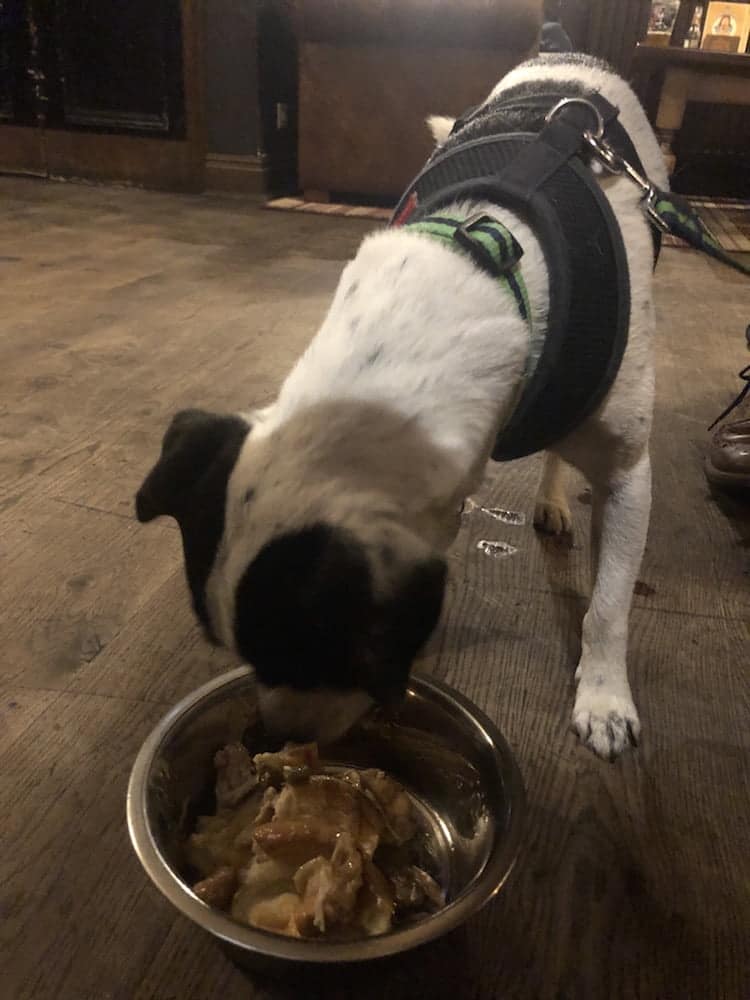
Familiarise them with the area before you move
“It’s a good idea to take your dog to the area where you’re going to be moving to beforehand so they can get used to it too,” says Helen.
“They can experience the sights and smells then when you do move, it’s somewhere they have been before.”
With Patch, we were already very familiar with the area as we often walk in Jesmond Dene, a lovely park and beauty spot which is now only a short walk away.
There’s also a pub just down the road from our house, The Brandling Villa, which we’d been to several times. They have an amazing dog menu and it’s so dog friendly,
It’s always full of dogs, which Patch loves. So now, every time he walks past, even at 6.30am, he tries to drag us in.
Find a new vet and pet shop and change their microchip details
“This is something you can do before you move,” says Helen. “Make sure you change the details on their chip and collar tags.
“Going to the vet can be stressful so it’s best to leave it a week or so at least before you pop into the surgery if you need a check up.
“The vets is a good place to ask about dog walkers, sitters and groups in the area too.”
We’ve changed Patch’s details on his chip and he has smart new collar tags – essential for terriers who like to, ahem, explore.
One of his first walks was to the pet shop at the top of our road, Four Paws, which sells food, toys and all kinds of treats.
I bought him some food and a chicken foot (ugh) and, like the pub, he’s been pulling to go back ever since.
Try to replicate the layout of your home
Helen suggests taking a photo of the layout of the room your dog spent most of their time in at your old home and try to recreate this.
“Dogs like to be in familiar surroundings,” she said. “Try to keep things similar if you can and take their beds, blankets and crates which will carry smells.”
As our new house is so much bigger – we went from a tiny living area to a big open lounge, we have tried to do this.
Patch was so excited when he arrived he spent ages zooming around. He’s settled well and his favourite spot in on ‘Neigh-paw-hood watch’ up by the window.

Don’t walk too far in the first week
Helen says to take it easy when you first move. “On the first few days you can play with your dog in the house and garden if you have one so they can settle in.
“Moving can be overwhelming so minimising any further stress is a good idea. Make sure the garden is secure too.”
Patch was as good as gold when we moved and was actually really calm after the initial zoomies!
He found a spot by the window and lay in the sun and we did some enrichment games, hiding treats so he could go on treasure hunts.
Our garden is secure too, so it’s great for him to be able to play and we’ve been able to use it to work on his recall too.
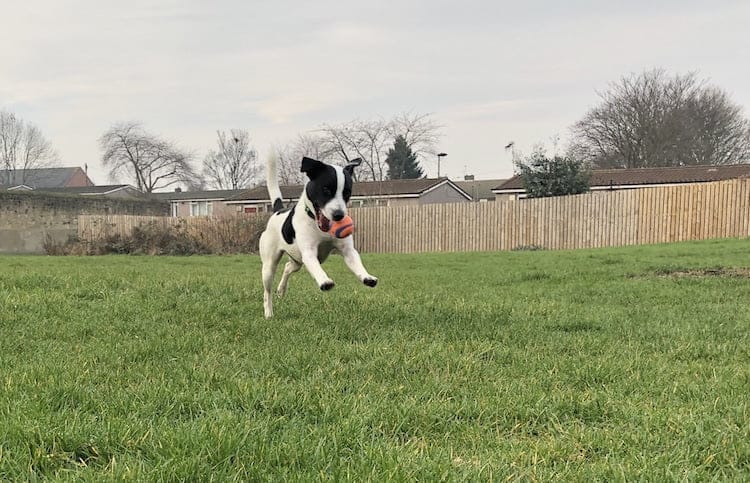

Limit the number of visitors and keep a routine
Helen advises taking time off to settle pets. She said: “If you can be with them for the first few weeks, this is ideal, and try to avoid having lots of visitors.
“Let them settle into their new surroundings, and try to stick to the same routine. So walk them at the same time and feed at the same time.”
We are lucky in that we live away from my family and Tommy’s are quite far away so we had a few weeks to settle Patch in before anyone came around.
I work from home so he can relax in a bed in my new office as well which he seems to like.
The girls were very giddy when they saw the new house but we explained Patch needed to be kept calm.
They have all settled in well and love cuddling up on the sofa with him and having a garden for Patch to play in.
Find dog friendly places and try to meet other dog owners
Helen advises: “Research your new community online and find the best spots to visit, from walks to pubs and cafes.
“Meeting other owners and dogs is good for you and your dog too.”
We have definitely ticked the box for finding dog friendly places. Newcastle is such a dog friendly city thank goodness! Patch loves the Quayside Market, especially the Geordie Banger stall.
I’ve also joined a book club thanks to an invite from Sue McCabe who helps us train Patch so I can meet other Crazy Dog Ladies.
And he’s started the Bronze Kennel Club Good Citizen Training Scheme too.

Conclusion
As Helen says, as stressed you might feel, try to put their needs first and remember that they don’t understand what is happening and might feel overwhelmed.
And having time out with your dog to just be in the moment is the perfect thing to do when you’re frazzled from lugging boxes and furniture round.
Have you moved home with your dog and do you have any advice to share?
I’d love to hear it so please pop it in the comments below.
If you found this post helpful, you might enjoy Advice on coping with anxious pets with Helen Motteram, or for training advice, Training a Terrier with Sue McCabe.

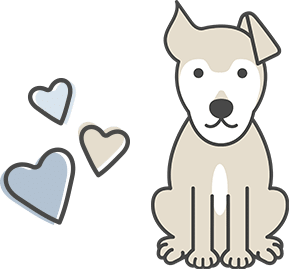
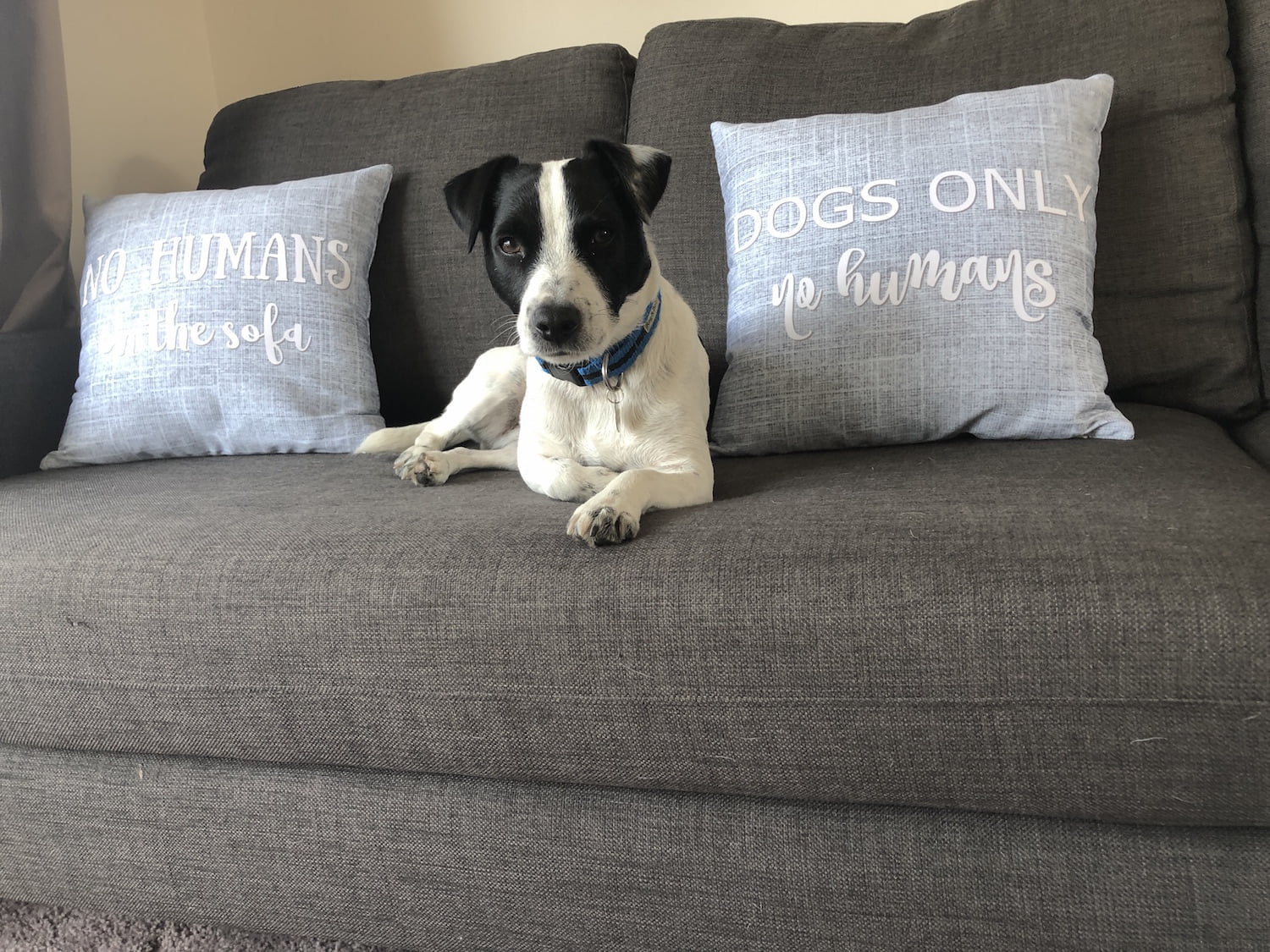

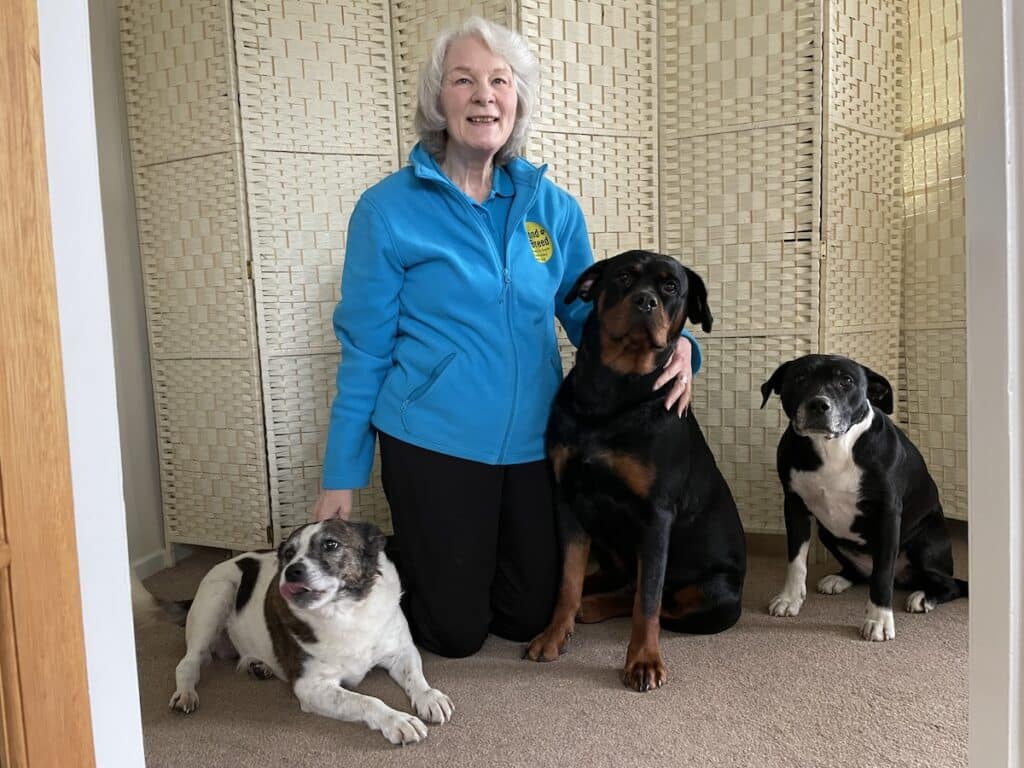
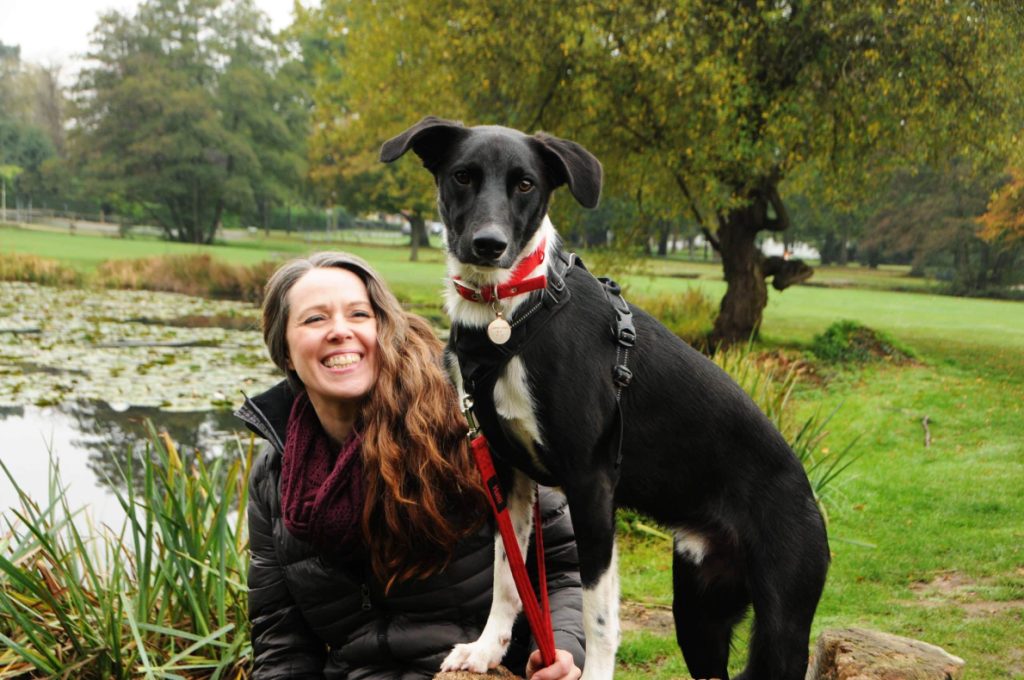
3 Responses
I never even thought of changing the microchip details before you move! These are great tips I will keep in mind for the future 🙂
Aw thanks Rachel, I really appreciate you taking time to comment! Glad you found it helpful.